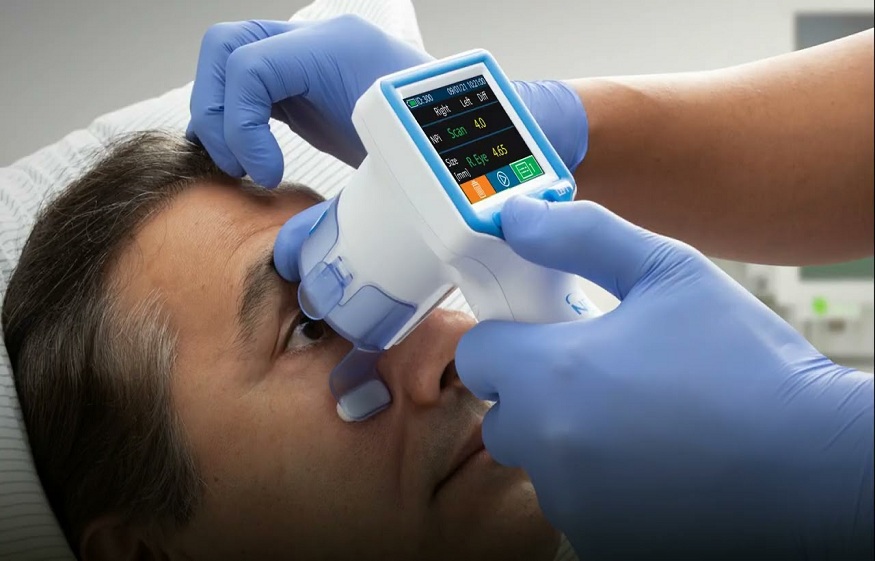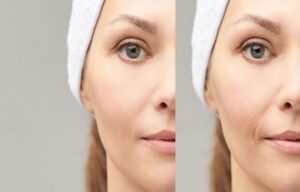Assessing Cognitive Function with NeurOptics’ Pupilometer: A Promising New Approach

Cognitive function plays a crucial role in our daily lives, affecting our ability to think, learn, and interact with the world around us. Assessing cognitive function accurately is vital for medical professionals, and NeurOptics’ pupilometer offers a promising new approach.
This article will explore this innovative technology, helping you understand its potential for revolutionizing cognitive function assessment.
The Importance of Assessing Cognitive Function
Cognitive function is essential for performing everyday tasks, solving problems, and maintaining a high quality of life. Cognitive dysfunction can lead to difficulties in daily activities, negatively impacting an individual’s well-being. Accurate assessment tools are crucial for identifying cognitive issues and devising appropriate treatment plans to help patients manage their condition and maintain independence.
Traditional Methods of Cognitive Function Assessment
Common methods for assessing cognitive function include neuropsychological tests and imaging techniques, such as MRI and PET scans. However, these traditional methods often have limitations, such as high costs, invasiveness, and the need for specialized equipment and personnel. These constraints highlight the need for alternative, more accessible cognitive function assessment tools.
What is Pupillometry?
Pupillometry is the quantitative measurement of pupil size and reactivity, offering insight into cognitive function. This non-invasive method tracks changes in pupil diameter in response to various stimuli, providing valuable information about an individual’s cognitive processes. Pupillometry’s potential for assessing cognitive function lies in its ability to detect subtle changes in the autonomic nervous system, reflecting cognitive load and arousal.
NeurOptics’ Pupillometry Technology: A Closer Look
NeurOptics is a leading company in pupillometry, offering advanced technology designed for accurate, non-invasive cognitive function assessment. Their pupillometry devices incorporate cutting-edge features, such as precise pupil diameter measurement, rapid data acquisition, and user-friendly interfaces, making them suitable for various clinical and research applications.
Benefits of NeurOptics’ Pupillometry
NeurOptics’ pupillometry technology offers several advantages for assessing cognitive function. Its accuracy allows for reliable pupil evaluation, while its non-invasive nature ensures patient comfort. The user-friendly design makes it easy for medical professionals to measure pupil size and interpret results, streamlining the assessment process and saving valuable time.
Applications of NeurOptics’ Pupillometry Technology
This innovative technology can be applied in various settings, including clinical practice, research, and sports medicine. For example, pupillary evaluation has been used to diagnose traumatic brain injuries, monitor neurocritical care patients, and assess cognitive load in athletes. Ongoing studies explore the full range of potential applications for NeurOptics’ pupillometry technology.
Comparing NeurOptics’ Pupillometry Technology to Traditional Methods
NeurOptics’ pupillometry technology offers several advantages over traditional cognitive function and pupil assessment methods. It is non-invasive, less time-consuming, and more cost-effective than imaging techniques. Additionally, it can provide real-time data, allowing for faster decision-making and intervention.
However, pupillometry should not be viewed as a replacement for traditional methods but rather as a complementary tool. While it offers valuable insights into the cognitive function, it may not capture the full extent of cognitive dysfunction. Additionally, pupillometry relies on the relationship between pupil size and cognitive processes, which other factors, such as medications or fatigue, may influence.
Future Developments in Pupillometry Technology
Pupillometry technology constantly evolves, with researchers exploring new applications and refining existing methods. Future advancements include:
- The integration of machine learning algorithms for improved data analysis.
- Developing portable and wearable devices for continuous monitoring.
- Expanding pupillometry’s role in telemedicine.
NeurOptics is likely to play a significant role in these advancements, contributing to the growth and accessibility of this promising technology.
Adopting NeurOptics’ Pupillometry Technology
For professionals interested in integrating NeurOptics’ pupillometry technology into their practice, staying up-to-date with the latest developments in the field is essential. Training courses, workshops, and conferences can provide valuable information and hands-on experience with the technology. Collaborating with researchers and other professionals experienced in pupillometry can also ensure a smooth transition to incorporating this technology into your workflow.
Embracing NeurOptics’ pupillometry technology enhances your practice’s diagnostic capabilities. It demonstrates a commitment to leveraging cutting-edge tools to benefit your patients. Staying current with emerging technologies is crucial for providing the best possible care and improving patient outcomes.





